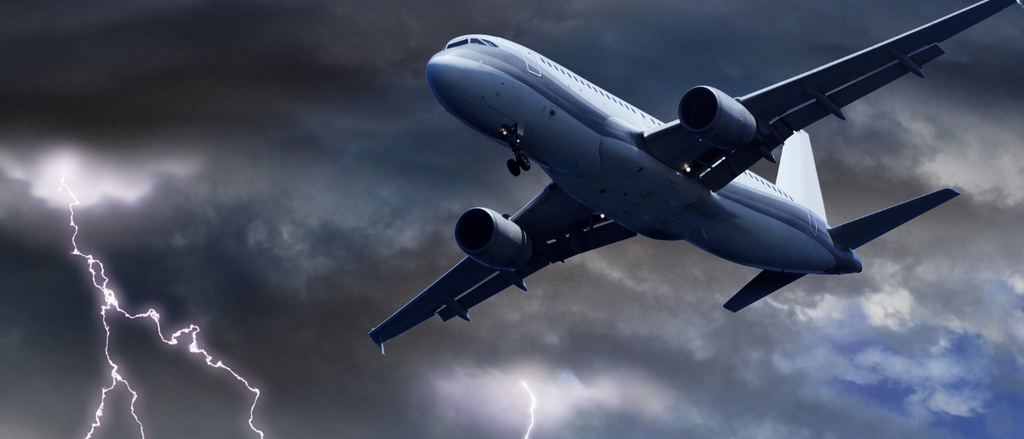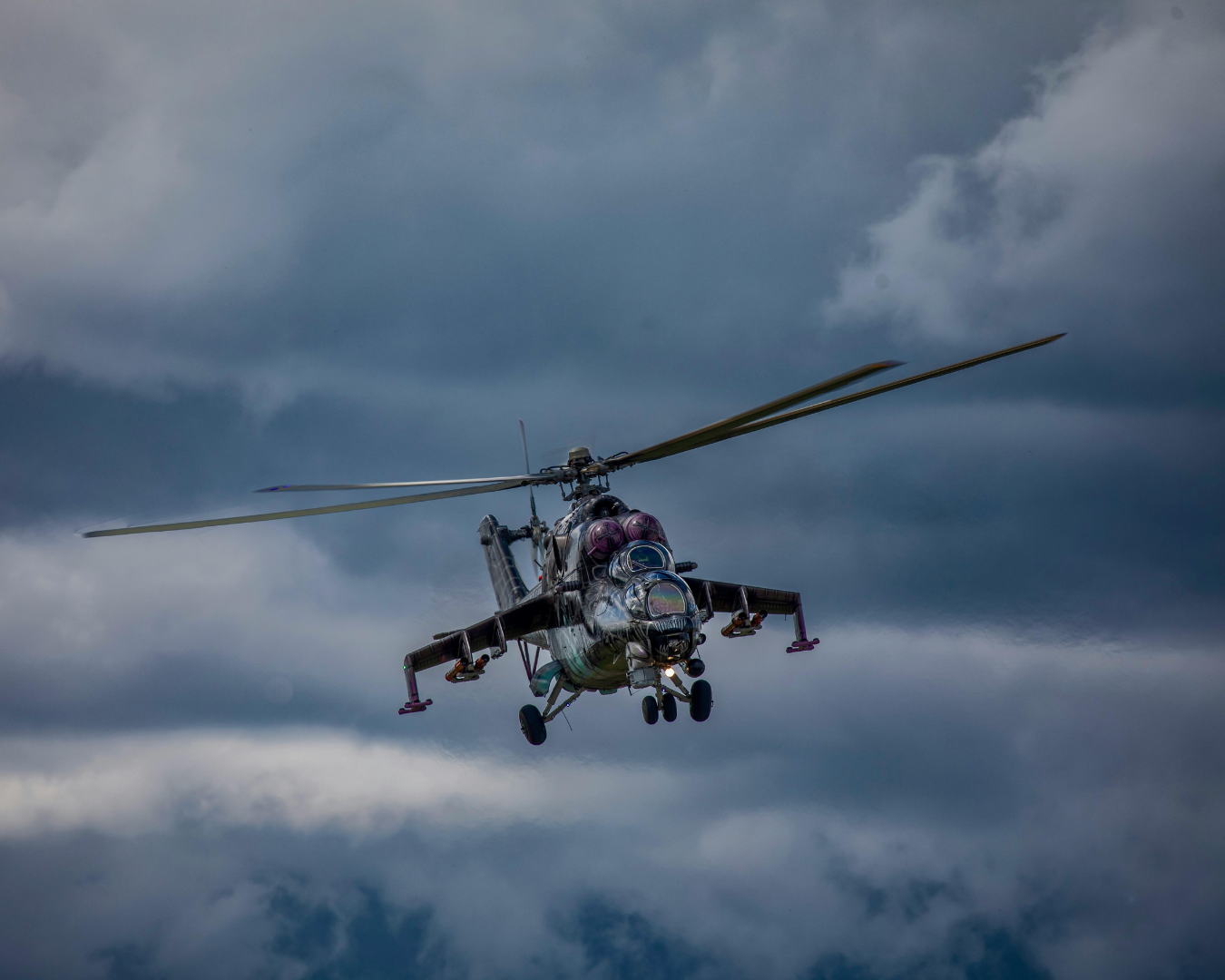
Most turbulent flight routes: What you need to know before you fly
Thursday, May 15, 2025
Which flight route has the most turbulence?

What are the most turbulent flight routes in Europe?
It’s the route from Nice, France, to Geneva, Switzerland! This route covers 299km and faces a significant amount of turbulence when it flies over the Alps.
What are the most turbulent flight routes in North America?
It’s the route from Albuquerque, New Mexico, to Denver, Colorado! This 589km route goes through frequent turbulence due to the route being near the Rocky Mountains.
What are the most turbulent flight routes in South America?
It’s the route from Mendoza, Argentina, to Santiago, Chile! This 196km route crosses the Andes, one of the world’s most craggy mountain ranges. The frequent turbulence in this region is caused by super-high peaks and changing weather patterns. An experienced pilot even referred to flying over the Andes as ‘riding a roller coaster’!
What are the most turbulent flight routes in Africa?
It’s the route from Durban to Johannesburg! The turbulence during this 478km journey is often caused by the interaction between the Indian Ocean winds and the inland mountain ranges.
What are the most turbulent flight routes in Asia?
It’s the route from Kathmandu, Nepal, to Lhasa, Tibet! This 571km flight route includes going through the Himalayas, which is known for its high peaks. The combination of mountain winds and rapidly changing weather patterns causes turbulence in this region.
What are the most turbulent flight routes in Oceania?
It’s the route from Christchurch to Wellington within New Zealand! This 304km route goes through turbulence quite often, especially when the plane is flying over the Cook Strait
Where do you feel the most turbulence on a plane?
It’s the back of the plane! Just like riding a seesaw, you feel more movement and turbulence when you are far away from the centre of gravity of the plane (wings). The back of the plane is more affected by wind hitting the tail of the aircraft.
Which flight route has the least turbulence?

1. Flights that go over lakes and seas
Unlike the land surface, which can heat up and create updrafts of warm air that cause turbulence, water can maintain its temperature constantly throughout the day. Because water doesn’t heat up or cool down fast, it has smoother air above that leads to less turbulence.
2. Flights that avoid crossing Mountains
Winds flowing into the mountains create a swirling effect, which is when a strong wind moves in swirling motion. Flights that don’t go over or near mountains (e.g. the Alps, the Andes, the American or Canadian Rockies, or the Pennines) can avoid the turbulence caused by this swirling effect.
Where do you feel the least turbulence on a plane?
It’s the centre of the plane! More specifically, near the wings is the best seat on a plane for a smoother ride, as the centre of gravity is very closely located to the wings.
FAQ about flight turbulence

What planes are resistant to turbulence?
The best plane for turbulence is Boeing 787-9! Boeing 787-9 is known for using aerodynamic sensors to compute how the plane would respond during turbulence and adjust the wing surfaces accordingly.
Will turbulence bring a plane down?
In short, no. Turbulence is generally harmless to the aircraft. Airplanes are designed in a way that they can take up a significant amount of stress with a huge safety margin. This means even when there is very severe turbulence, it won’t exceed the design limits of the aircraft, and the plane won’t crash.
How to tell if a flight will be turbulent?
You can check out the turbulence forecast websites, such as turbli or turbulence forecast, or check the weather, month, and time of day when you plan to fly.
What time of day is most turbulent to fly?
It’s during the day! The morning and night flights encounter less turbulence as the land below is cooler. During the day, the land heats up and the warm air rises, which could cause convective turbulence (vertical air movement).
What are the most turbulent months to fly?
It’s summer and winter! Winter often brings strong winds and snowstorms, and during summer the lands are extra heated, which causes more warm air to rise and create unstable air. Therefore, flying during December to February and June to August is not recommended if you want to avoid turbulence!
How to stay calm during turbulence?
Trying to keep composure during turbulence sounds difficult, but don’t worry! Here are a few tips to relax during your flight. Try focusing on one activity! Immerse yourself in activities, such as watching a movie, reading a book, or playing a game, instead of focusing on your feelings about turbulence. Taking deep breaths will also help you feel less anxious!
What do cabin crew do during turbulence?
Cabin crews are trained to handle a range of passenger reactions to turbulence, from anxiety to fear! They will reassure you and ensure that all passengers are seated and secured with seatbelts. Sometimes they may need to stop the service, such as giving out drinks, to prioritise safety.
What to do if my flight gets delayed or cancelled?
Was your flight delayed by turbulence? Or was your flight cancelled? Don’t worry! According to the British and EU regulations, you may be entitled to flight compensation up to €600! Claim your compensation now with Flight Delayed’s free claim calculator.
We hope you find this information useful, have a safe and amazing trip!
Want to keep up with more interesting tips and travel hacks? Read the rest of our blogs!



Did you like this content ?
Thanks you made our day!
Help us be better!
Well received, thanks!